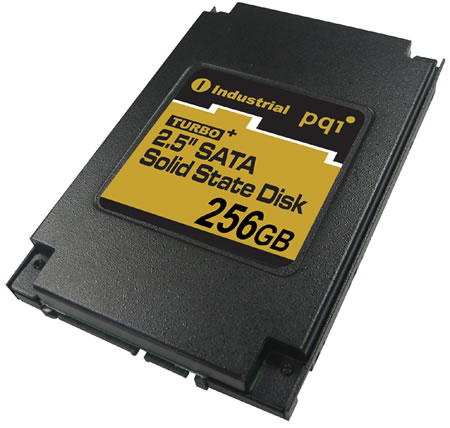Disk Caching
It is a mechanism for improving the time it takes to read from or write to a hard disk. A disk cache can also be a specified portion of RAM. Nowadays, it can be found on hard disk. It also holds data that has recently been read.
File Compression
It helps to reduce the overall number of bits and bytes in a file so it can be transmitted faster over slower Internet connections, or take up less space on a disk. Most computers have the same information listed over and over again. Therefore, instead of listing the information over and over again, file compression programs lists that information once and then refers back to it whenever it appears in the original program. Compressed files are called "archives" and may contain more than one file. WinZip, WinRar, and 7-Zip are popular types of file archival that all offer data compression.
File Decompression
When compressed files are sent and received by the recipient, the files must be decompressed to be used. When a file archive, such as a .zip or .rar is decompressed it will expand and extract a series of files or folders from that single file. Decompressing files are also known as unzipping or extracting files.
Internet Hard Drive
Its works the same as the hard drive only it has the advantage of users being able to access their files online. Users may upload music, videos, documents or any other files online. There is no limited storage capacity compared to a hard drive. Internet hard drive makes it easier for users as they are able to log in any computer that has an internet connection to access their hard drive.
Optical Disk Drive
It is a is a disk drive that uses laser light or electromagnetic waves near the light spectrum as part of the process of reading or writing data to or from optical discs. It retrieves and stores data on optical discs like CDs, DVDs and Blu-ray discs. Most optical disk drives can play and record a large number of disc formats.
Solid-state Storage
It is a nonvolatile and removable storage medium that employs integrated circuits rather than magnetic or optical media. It also has a nonvolatile memory. Data is stored and retrieved electronically directly from these devices. Examples of solid-stage storages are flash memory cards and memory sticks. This type of storage is compatible with digital cameras, camcorders and computers.





0 comments:
Post a Comment